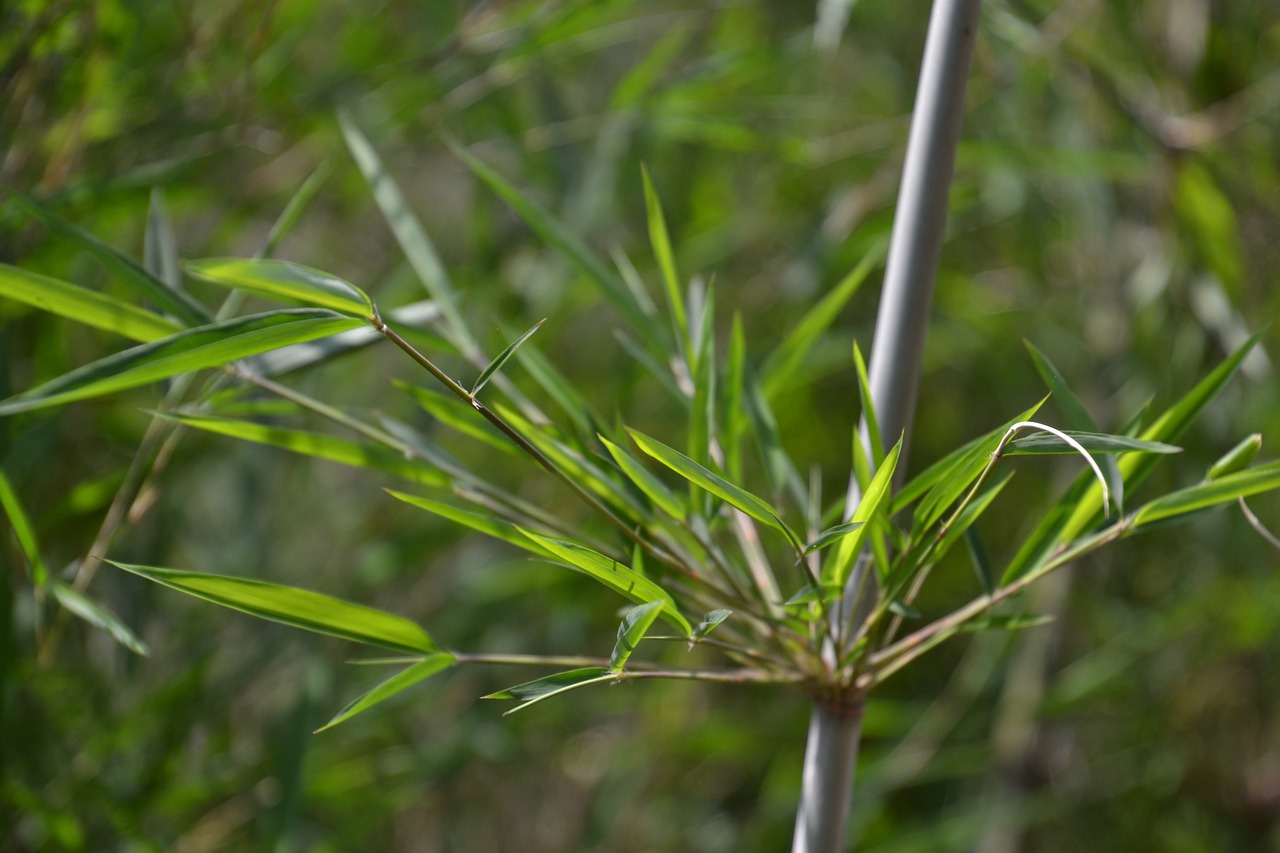
Wimbledon 2020 Cancelled
It is almost that time of the year when people would go watch a sporting

The bamboo plant is a grass that grows all over the world. This amazing grass produces tall and very strong poles. Bamboo fabric that is made through mechanical rather than chemical processes retains much of the plant’s natural durability.
Bamboo fabric is made from bamboo fibres that are extracted from bamboo shoots that are at least four years old. These shoots, because of their age, are mature and therefore already strong. They are a very durable base material from which to manufacture bamboo fabric. The goal of responsible bamboo manufacturing is to produce a durable bamboo fabric that is also very soft, absorbent and antibacterial – three other inherent properties of the bamboo plant that are not often naturally found in other fibres, and not all from one plant.
Bamboo fabric can be made into cloth, be woven from bamboo yarns, or used as they are – mostly for non-woven materials such as surgical masks. Originally, to make cloth, parts of the bamboo plant were hand-crushed with stones or wooden pestles and soaked repeatedly in water to soften them and thus enable the extraction of the bamboo fibres. These cellulose fibres are what are used to make textiles for clothing. This was a long and arduous process, making bamboo fabric quite rare because of the time and effort that it took to extract and weave together enough fibres to make a single piece of clothing.
Newer technologies are available that follow this basic natural process but make it more efficient. This modern natural processing has made bamboo fabric available to more people so that they can reap its benefits through a range of textile and fashion applications.

Some bamboo fibre manufacturers use a process which employs mechanical crushing and bacterial dissolution. The bacteria is essentially added to the original soaking process to facilitate the breakdown to access cellulose fibres more easily. The bamboo is first crushed mechanically to break down the toughest woody portions of the plant. Next, a natural enzyme is used in the soaking or washing process to break down the plant walls. The bamboo fibre is then more easily extracted and spun into yarn or cloth. The bamboo fabric made through this process is often called bamboo linen since the process is quite similar to retting, which is what is used to make linen fibres from hemp or flax.
Bamboo linen is very different from bamboo rayon, which is the material that is made using a chemical process to extract bamboo fibres.The introduction of chemicals makes the process much faster, and is therefore more popular for commercial manufacturing. Using this method to break down the bamboo plant reduces its quality, however. The chemicals used are dangerous to humans and damage the bamboo fibres as well. The naturally process, on the other hand, which does not involve such harsh ingredients, preserves the plant’s qualities and produces a bamboo fabric that retains the inherent strength of bamboo plant fibres. The result is a much higher quality product that is extremely durable.
Blending bamboo fibres with other types of fibres is also often done, mostly by combining bamboo yarn with other yarns, to increase its versatility. This blending produces fabrics that have different levels of durability. The durability of the finished product depends on the durability of the added fibres and the quality of the manufacturing process.

It is almost that time of the year when people would go watch a sporting

Queen Elizabeth II has two birthdays to celebrate: her actual birthday on 21 April and

The first of May is celebrated by many countries around the world as Labour Day